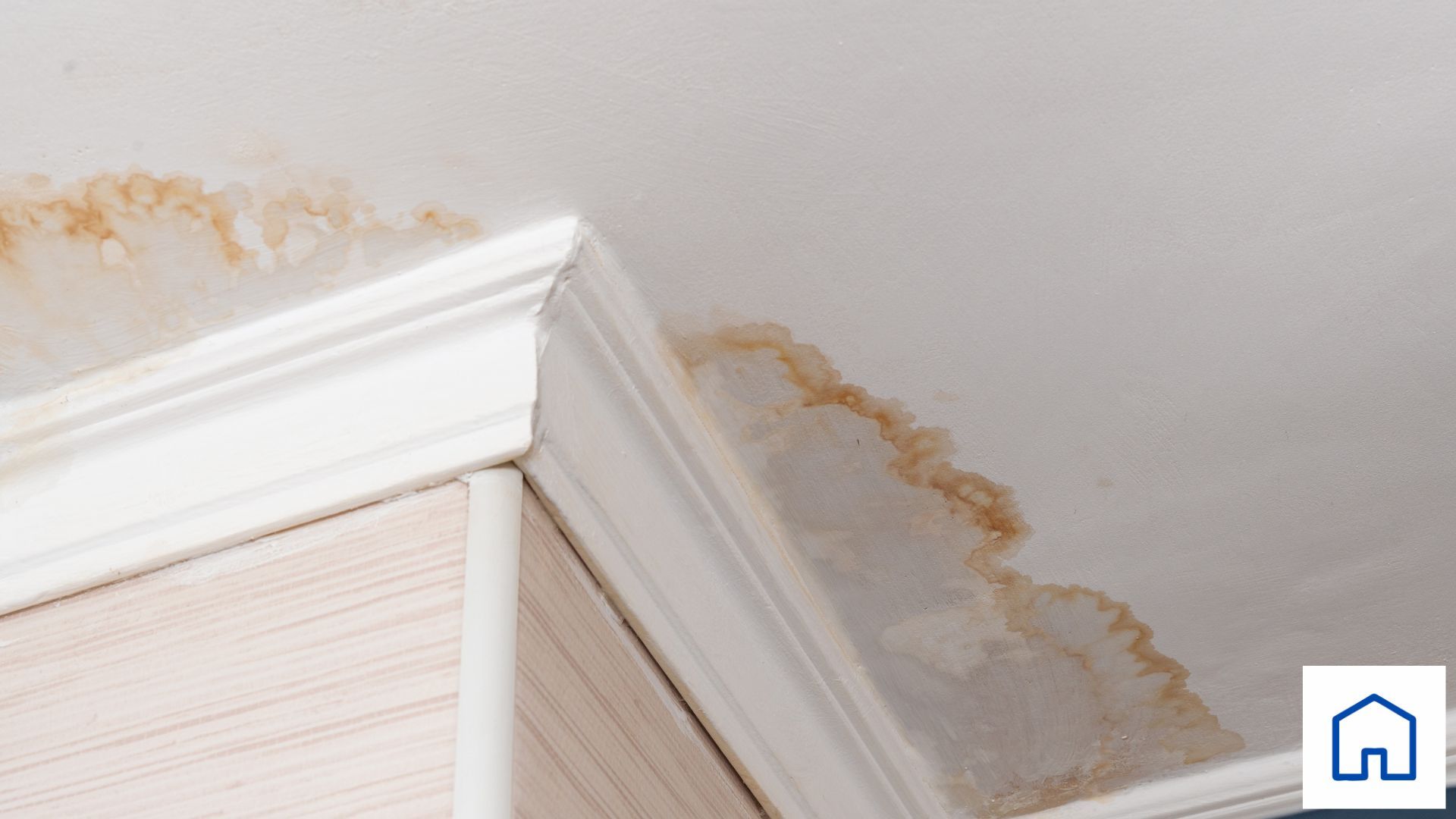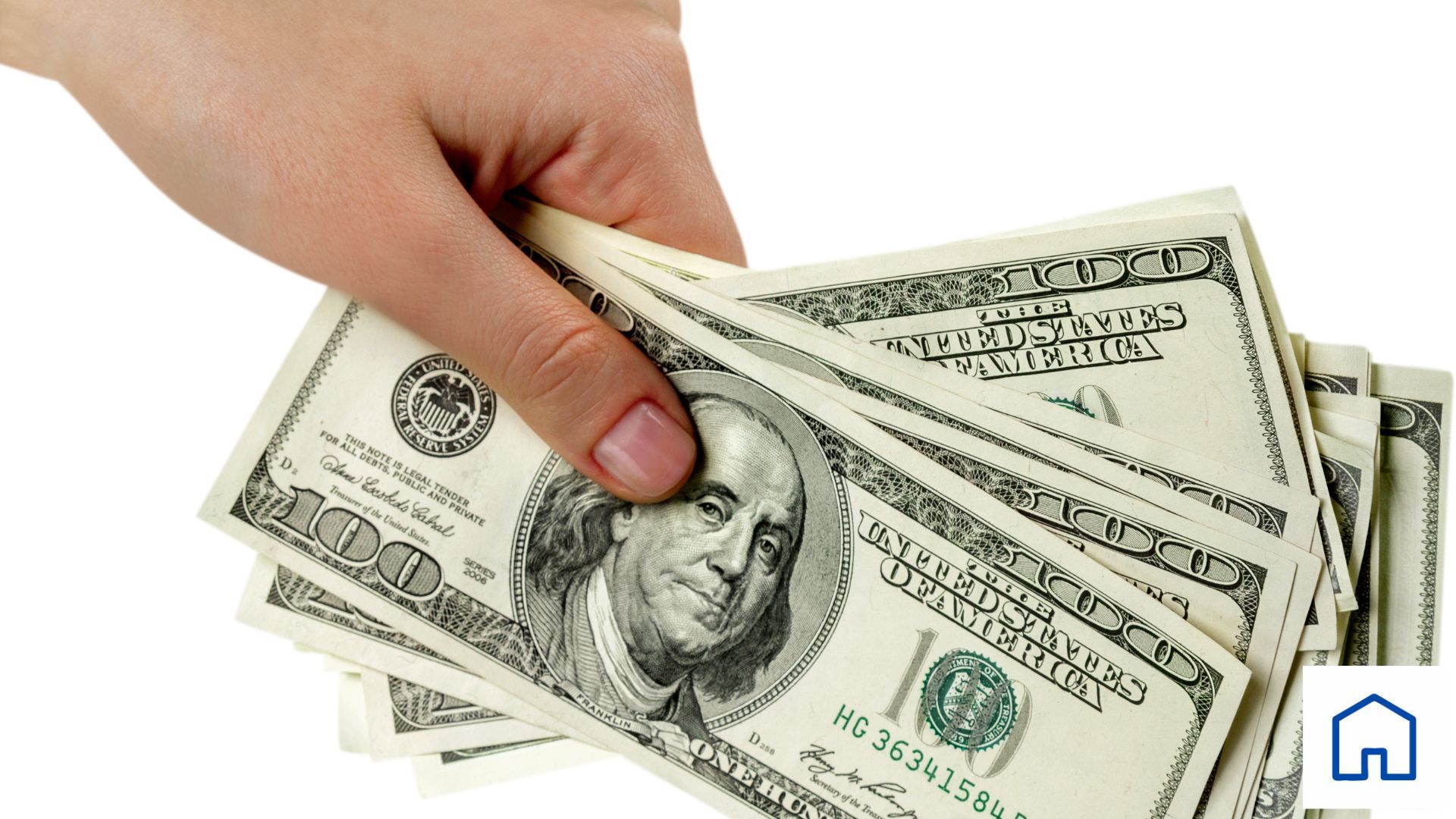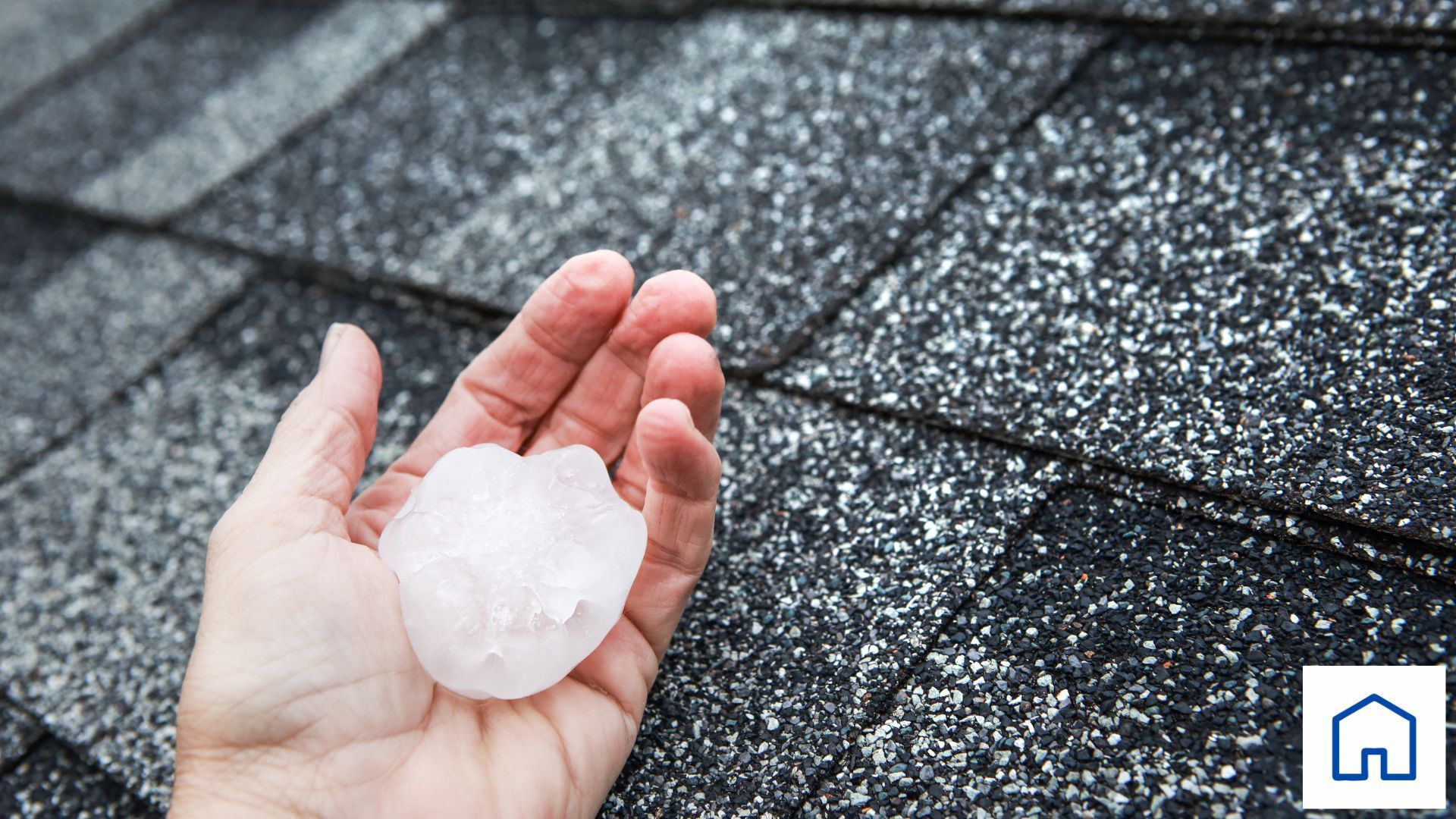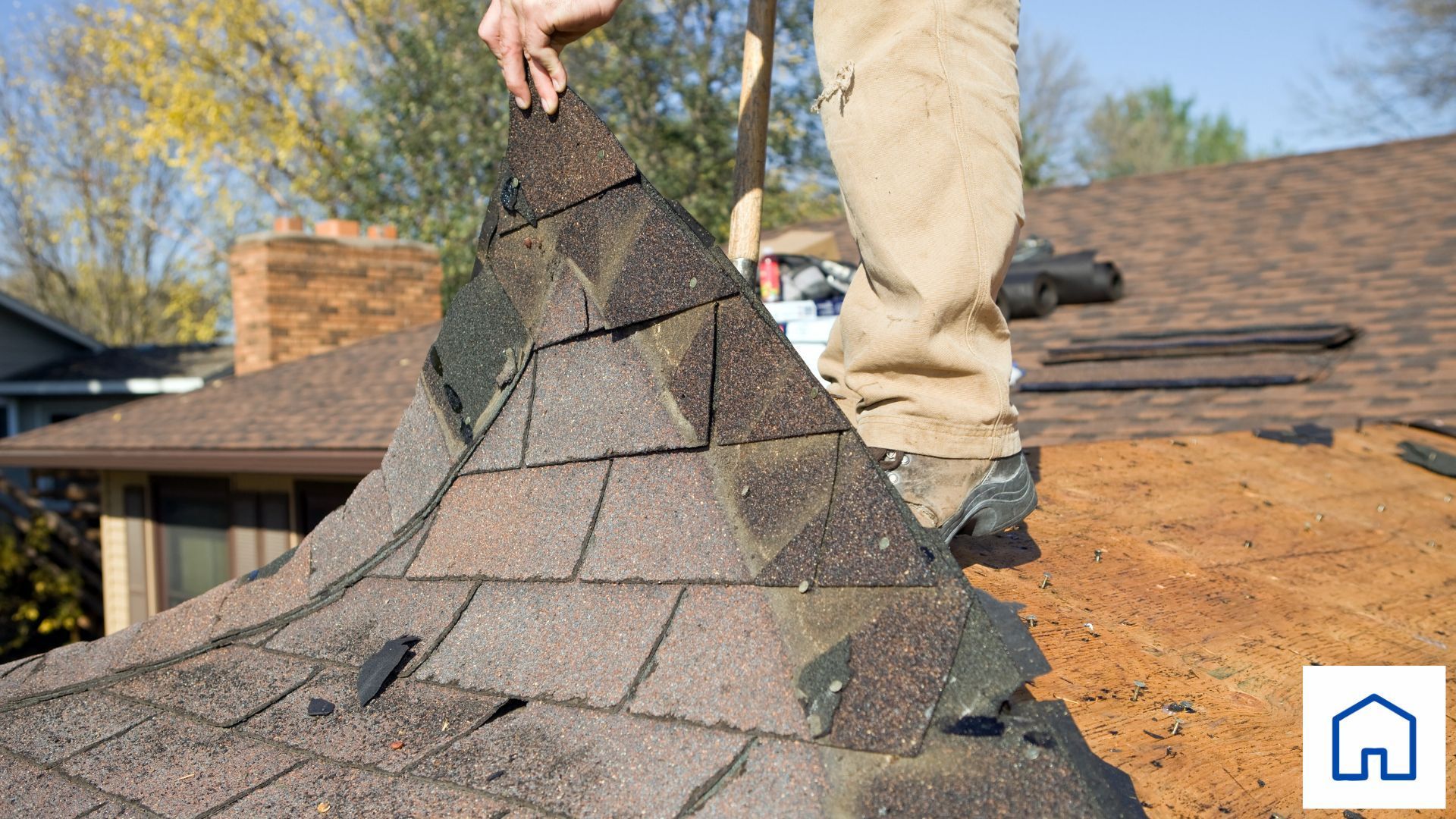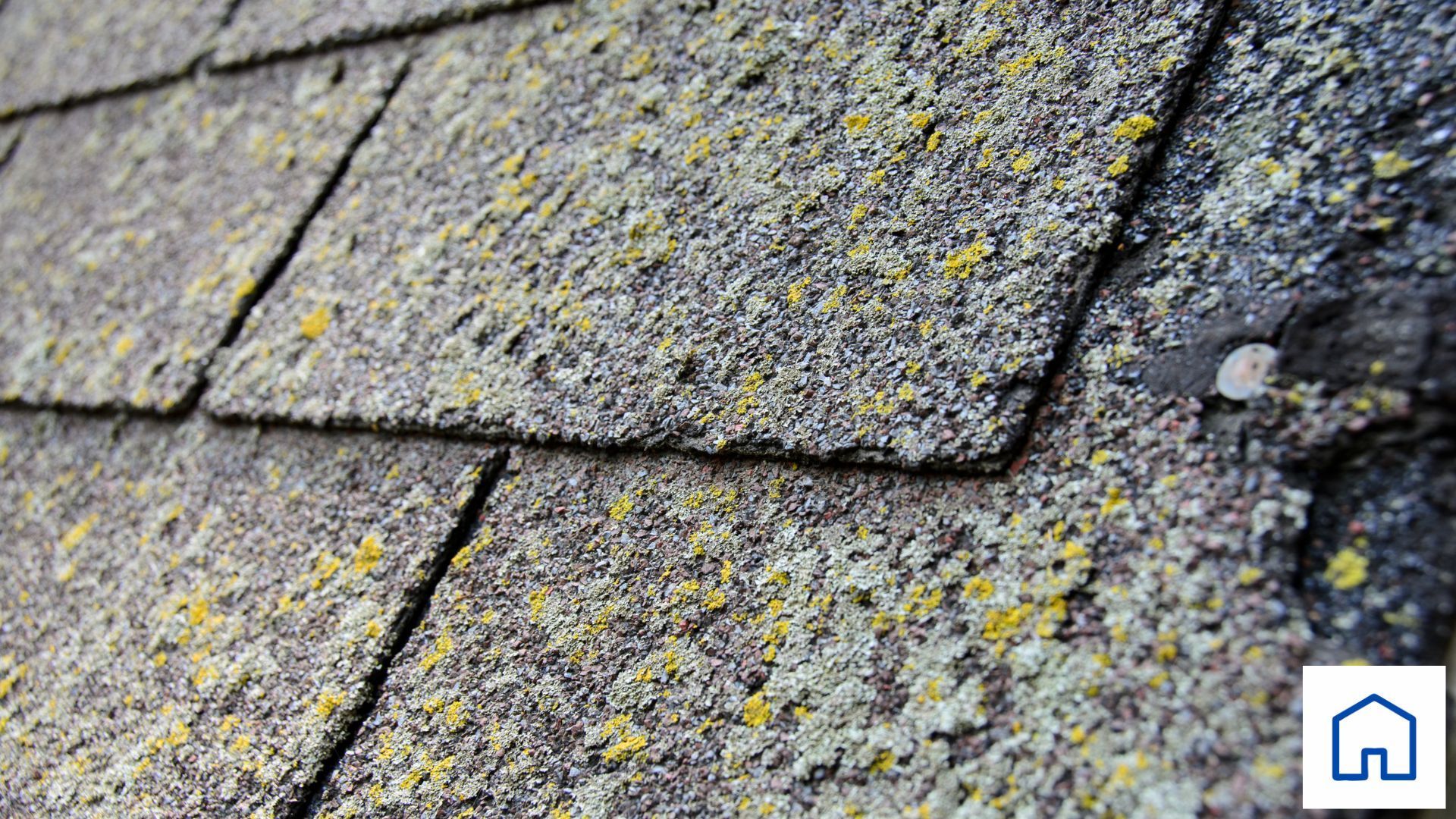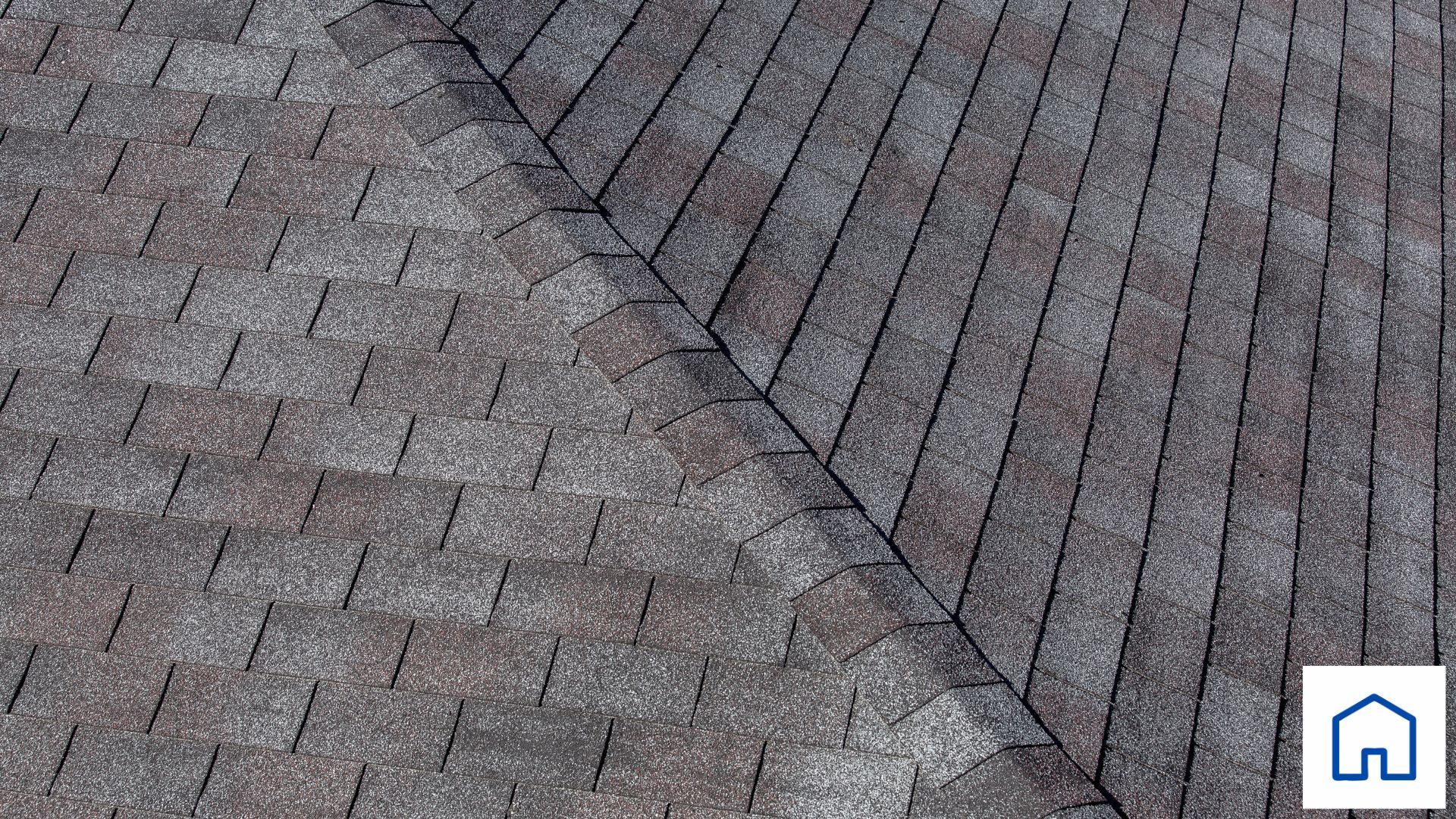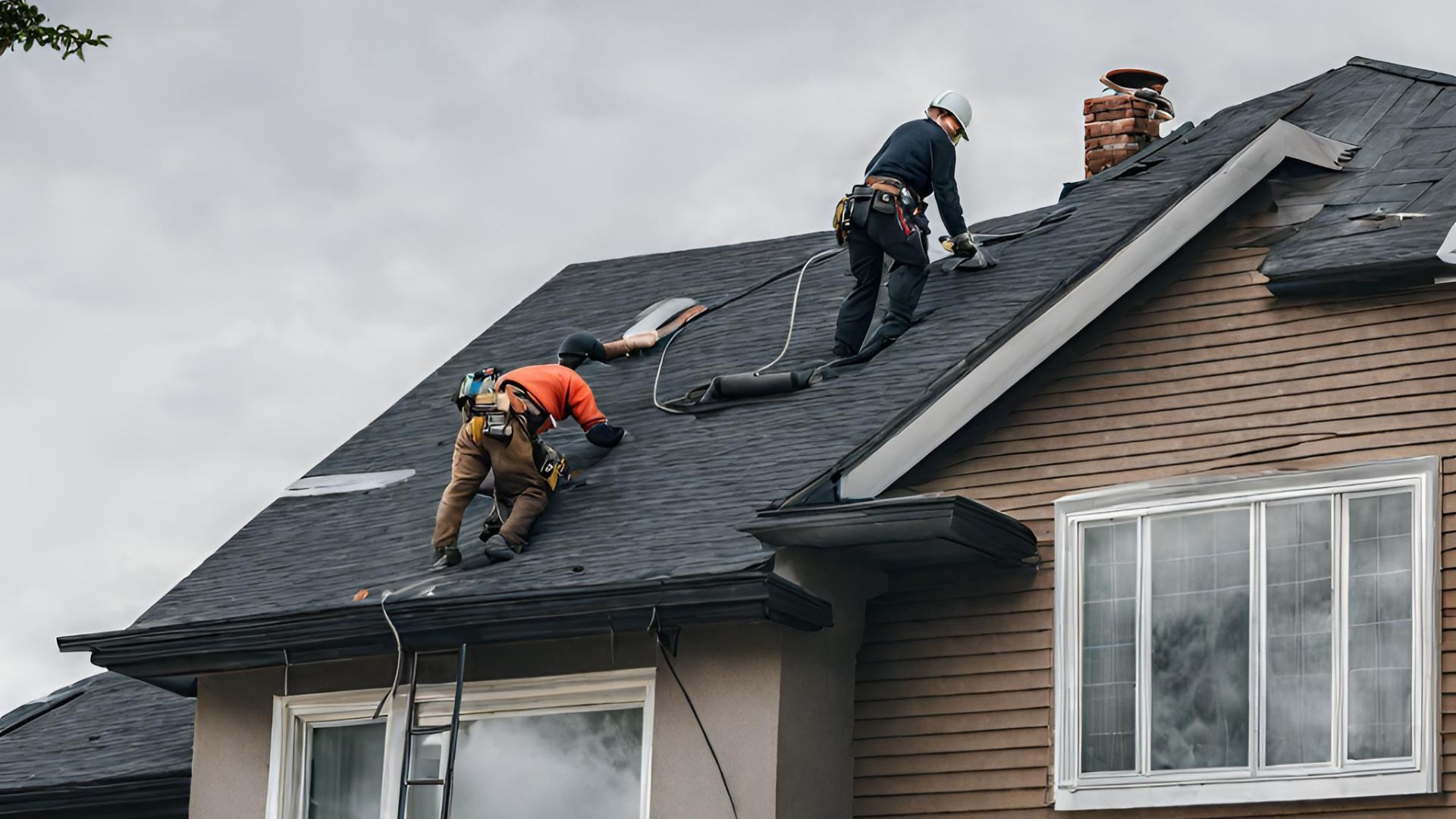5 Major Risks if You Don’t Replace an Aging Roof
Your roof is one of the most important parts of your home, providing essential protection from the elements. Unfortunately, over time, even the most well-built roofs will begin to wear down and the signs of age can become increasingly evident.
If you aren’t proactive in replacing an aging roof, it can lead to a variety of problems that can compromise your home's safety, security, and energy efficiency.
In this blog post, we'll explore five major risks if you don’t replace an aging roof.
1. Leaks and Water Damage
Over time, the roofing materials can become brittle and begin to crack, allowing water to seep through. This can cause significant water damage to your home's interior, including ceilings, walls, and floors.
Water damage can be costly to repair. If left untreated, it can also lead to mold growth and health issues.
2. Higher Energy Bills
As your roof ages, it can become less efficient at regulating the temperature in your home. This can cause your HVAC system to work harder to maintain a comfortable temperature, leading to higher energy bills. A new, well-insulated roof can help reduce your energy use while saving you money on utility bills.
3. Unsightly Appearance
One of the things that can go wrong if you don’t replace your aging roof is it adopts an unsightly appearance. An aging, worn roof can have broken or missing roof shingles, peeling paint, and gaps which all look unflattering. These can drive down your home’s curb appeal, lower its value, and make it harder to sell.
4. Structural Damage
An aging roof can begin to sag or bow, putting extra stress on your home's structure. This can cause significant damage to your home's foundation, walls, and other structural components. If you notice signs of structural damage, such as cracks in your walls or doors that won't close properly, it's essential to have your roof inspected and replaced as soon as possible.
5. Safety Hazards
An aging roof can pose safety hazards, particularly during severe weather such as high winds or heavy snowfall. A weakened roof can be more susceptible to damage which can put you and your family at risk.
Signs That You Need a New Roof
How can you tell if your roof just needs fixing or a complete replacement?
Here are a few tell-tale signs that you need a new roof:
Sign #1: You’ve had the same roof for 15 to 25 years.
Roofs aren’t meant to last forever. They have a specific service life, usually between 15 and 25 years. If your roof is nearing this range, you may want to consider a replacement.
Sign #2: You’re noticing extensive leaks or water damage.
If you’ve begun to notice water stains on your ceiling or walls, or if you find water dripping inside your home during heavy rainfall, it’s usually an indication that you have a leaking roof. Ignoring these signs could lead to more serious roof damage.
Sign #3: Your roof has missing or damaged shingles.
Shingles that are cracked, curled, or missing altogether can make your roof vulnerable to water damage and roof leaks. Once your roof has a significant amount of shingle damage, it’s probably time to start thinking about replacing your roof.
Sign #4: Your roof is sagging or drooping.
A sagging or drooping roof is a serious problem that could indicate structural issues. When you notice this, it's important to get your roof inspected by a professional immediately.
Sign #5: Your energy bills are higher than usual.
Your energy bills have been going up even if your heating and cooling needs remain the same. When this happens, it could mean that your roof isn’t insulating your home as well as before. A new roof can help you save money on heating and cooling costs in the long run.

Best Nest Renovations: Roof Repair and Roof Replacement in Carollton, Georgia
If you're still unsure about the importance of replacing your aging roof, consider the long-term costs of delaying a replacement. While a new roof may seem like a significant investment, it can save you money in the long run by reducing the risk of costly repairs and high energy bills.
Ignoring these major risks if you don’t replace an aging roof can lead to bigger problems that can compromise the safety of your home.
At Best Nest Renovations, we strive to make roof repairs and replacements as stress-free as possible for our customers. Our team of experienced roof contractors will work with you every step of the way, from roof assessment to selecting the best materials for your home and ensuring a seamless installation process.
Don’t delay. Get help from experienced roofers. Call 770-881-1662 and schedule a visit.
